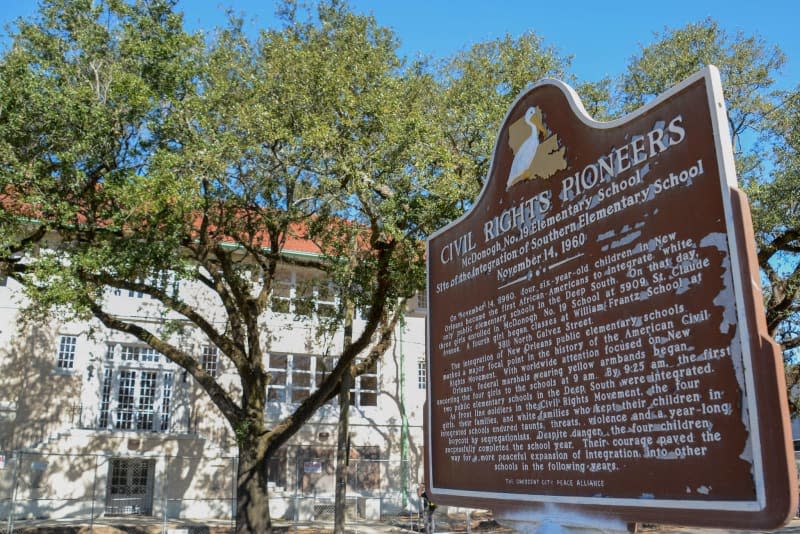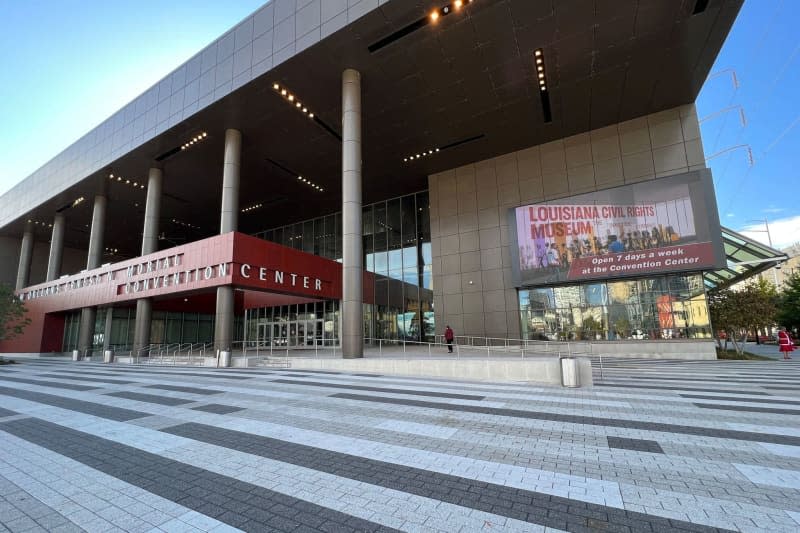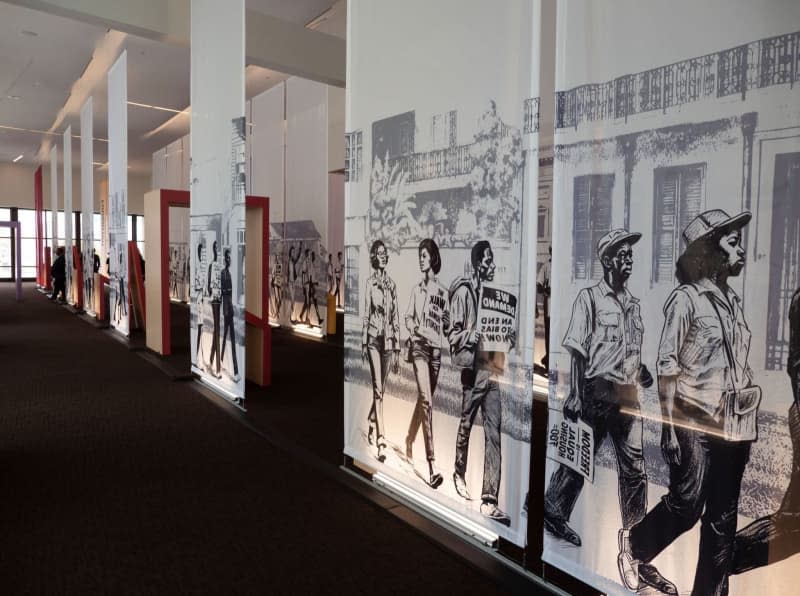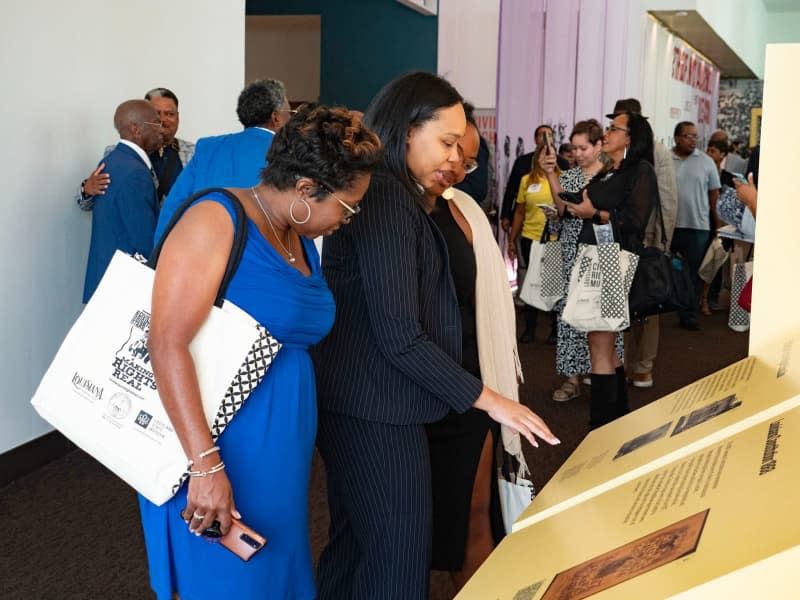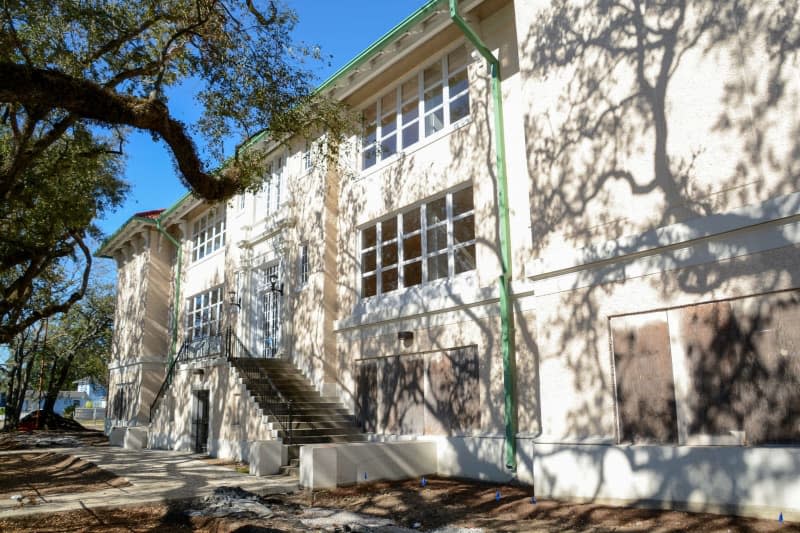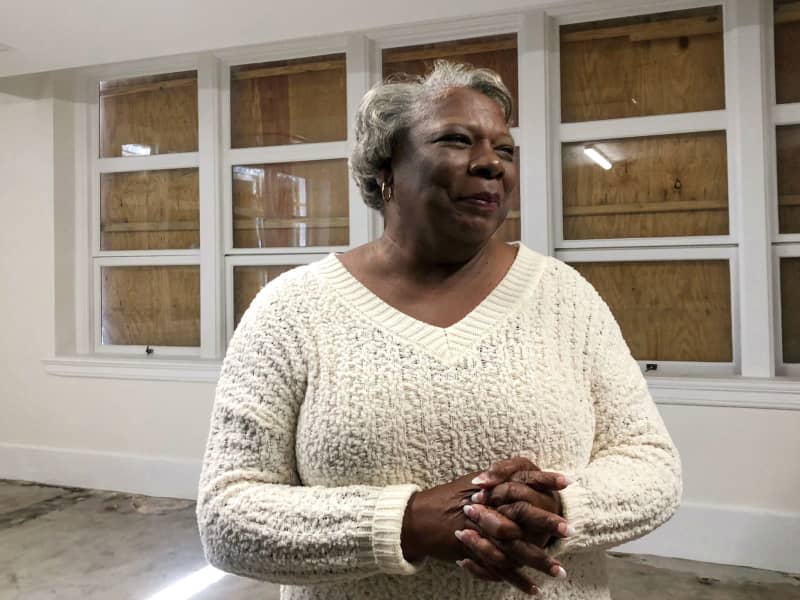History in the Big Easy: The New Orleans' Civil Rights Museum
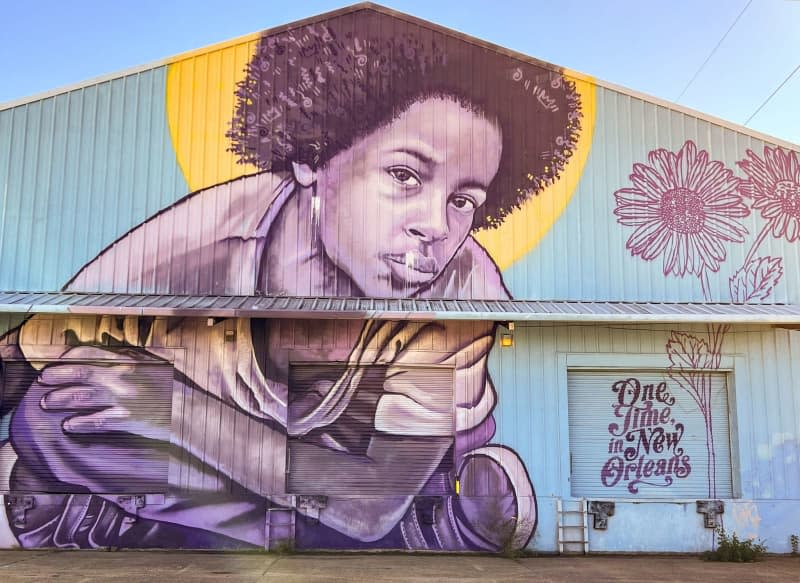
- Oops!Something went wrong.Please try again later.
- Oops!Something went wrong.Please try again later.
New Orleans is famous for its role as the birthplace of jazz, its lively French Quarter and the wild Mardi Gras carnival.
The Mississippi river is never far away in "The Big Easy," and even when the sun beats down on the carefree city, shade is provided somewhere by an avenue flanked by southern live oak trees.
But there has never been a museum that deals with the turbulent history of the civil rights movement here or anywhere else in Louisiana, whose largest city is New Orleans.
Since the opening of the Louisiana Civil Rights Museum at the beginning of October 2023, that's no longer the case.
The project was not driven by a group of civil rights activists, but by Republican politician Billy Nungesser. As lieutenant governor of Louisiana he oversees the Department of Culture. At the opening, Nungesser explained that he wanted to set an example at a precarious moment in American history.
Secret meetings with Martin Luther King
Early on, civil rights activists from New Orleans and the surrounding area took a prominent role in the repeal of Jim Crow laws, the catalogue of repressive measures that continued racial segregation even after the abolition of slavery.
Louisana's capital Baton Rouge, for example, was the scene of the first bus boycott by African-American citizens in June 1953. In the mid 1950s, civil rights activists in New Orleans began meeting secretly in a back room at Dooky Chase's Restaurant to develop strategies for abolishing segregation. In addition to Martin Luther King they also included Ernest N. Morial, who was later elected as the city's first black mayor.
On October 14, 1960 New Orleans implemented school desegregation, and the first four African-American children were admitted to formerly all white schools. One of the pioneers was Leona Tate, who had to be escorted by US marshals.
The children spent their breaks indoors and ate their meals under the stairs, Tate remembers. The risk of an attack by militant racists seemed too great. Only months later did normality return.
The Louisiana civil rights trail
The locations of these events have been part of the Louisiana Civil Rights Trail since 2021, for which Nungesser is also responsible. All other states in the Deep South, however, have long documented the history of their civil rights movements in museums.
In Memphis, Tennessee, for example, the Lorraine Motel, the site of Martin Luther King's assassination on 4 April 1968, has been the location of the National Civil Rights Museum since 1991. Georgia, Alabama, Texas and even ultra-conservative Mississippi all have comparable museums or institutes, as well. In Louisiana, however, plans were repeatedly put on hold - with Hurricane Katrina one of the reasons.
Although this has now been rectified, the external setting for the museum seems strange when you see it for the first time, as it's located in the wing of the city's convention centre. The reason being, there was a rush to get the museum open, and there was no other suitable building.
The complex is named after Ernest Morial, who, after his time as an activist, steered the fortunes of New Orleans as mayor from 1978 to 1986. To this day he is considered one of the best politicians in the city's history, which dates back to 1718.
A symbolic location
For many years, Morial remained the only black man whose name adorned a public building in New Orleans, a predominantly black and African American city. It wasn't until 2001 that the city's airport was named after Louis Armstrong.
What remains remarkable about the new museum is that it was a Republican that provided the funds for its opening. After all, the party is experiencing an ongoing shift to the right with prominent members of the party no longer hiding their racism.
Nungesser said he was following developments in his Trumpist-driven party with concern: "I don't want to comment on that in detail. But I would like it if we could all talk to each other more again."
He has the backing of prominent Democrats, including LaToya Cantrell. Cantrell is African-American and the first woman to hold the position of mayor in New Orlean's history.
She also speaks of difficult times on the occasion of the museum's opening: "The civil rights movement has by no means reached its goal with the museum. This can be just another step in a long journey." Ernest Morial's son Marc underlined the importance of the museum for his family. "We will never stop fighting."
Museum will soon be expanded
When visiting the exhibition it doesn't go unnoticed that this is a work in progress. Exhibits from the 1950s and 60s are missing, for example.
Instead, the museum is limited to display boards with rather short texts and historical recordings, which are enriched with multimedia installations. Large-size canvases with symbolic images hang in between. A 3D animation of the march on Baton Rouge on 10 August 1967 is the visual highlight.
However, the museum will not remain a 'beta version,' as the conference centre is soon to be expanded. The museum will then get a larger exhibition space.
The reason for the seemingly rushed opening became clear during the recent gubernatorial election. In October the Republicans recaptured the only governorship in the Deep South held by a Democrat. Jeff Landry, a conservative hardliner endorsed by Donald Trump, is now at the helm.
However, the opening of the museum, which was pushed through by Nungesser, can no longer be stopped or even reversed. New Orleans and Louisiana finally have a dignified place for remembrance.
